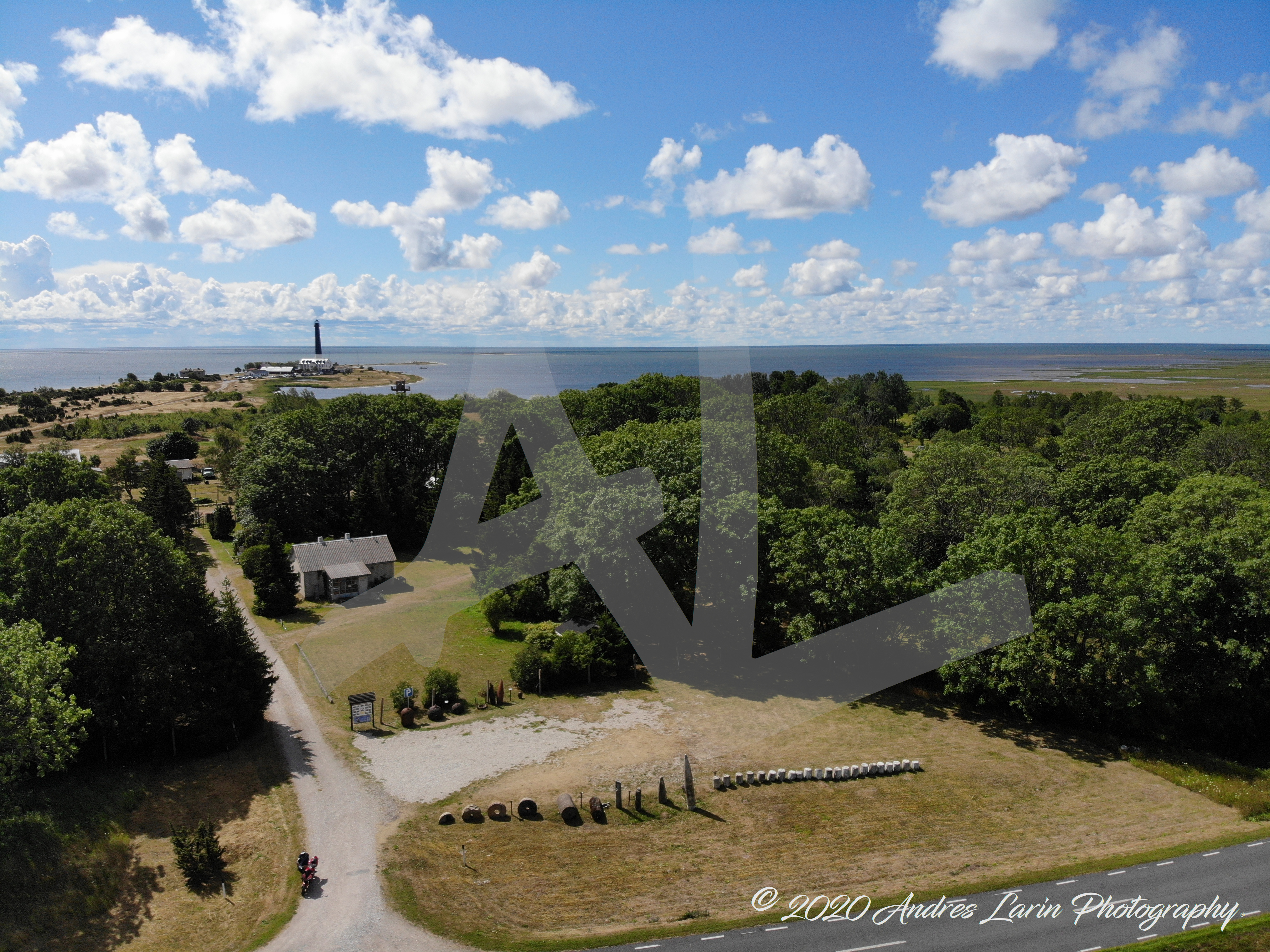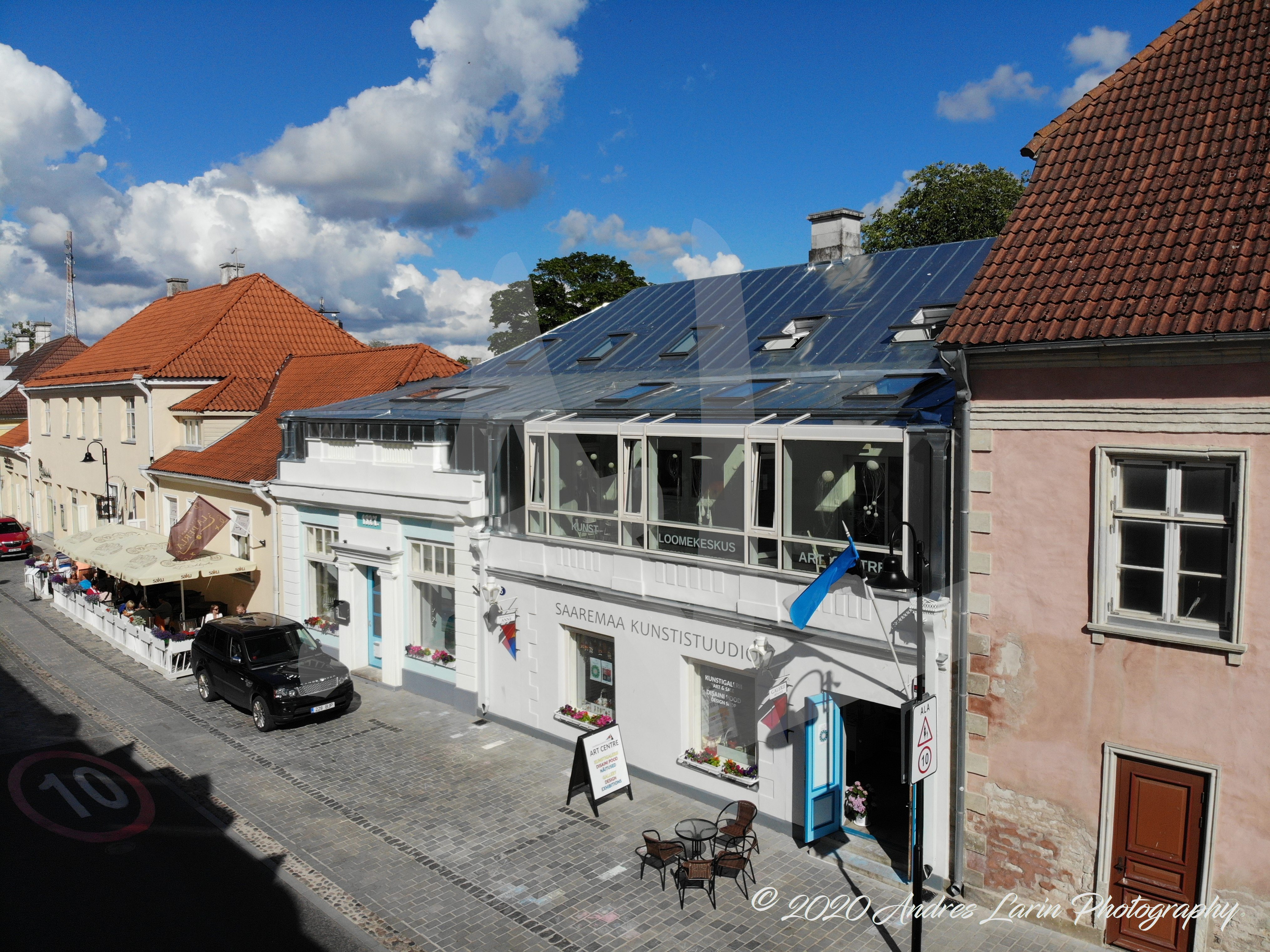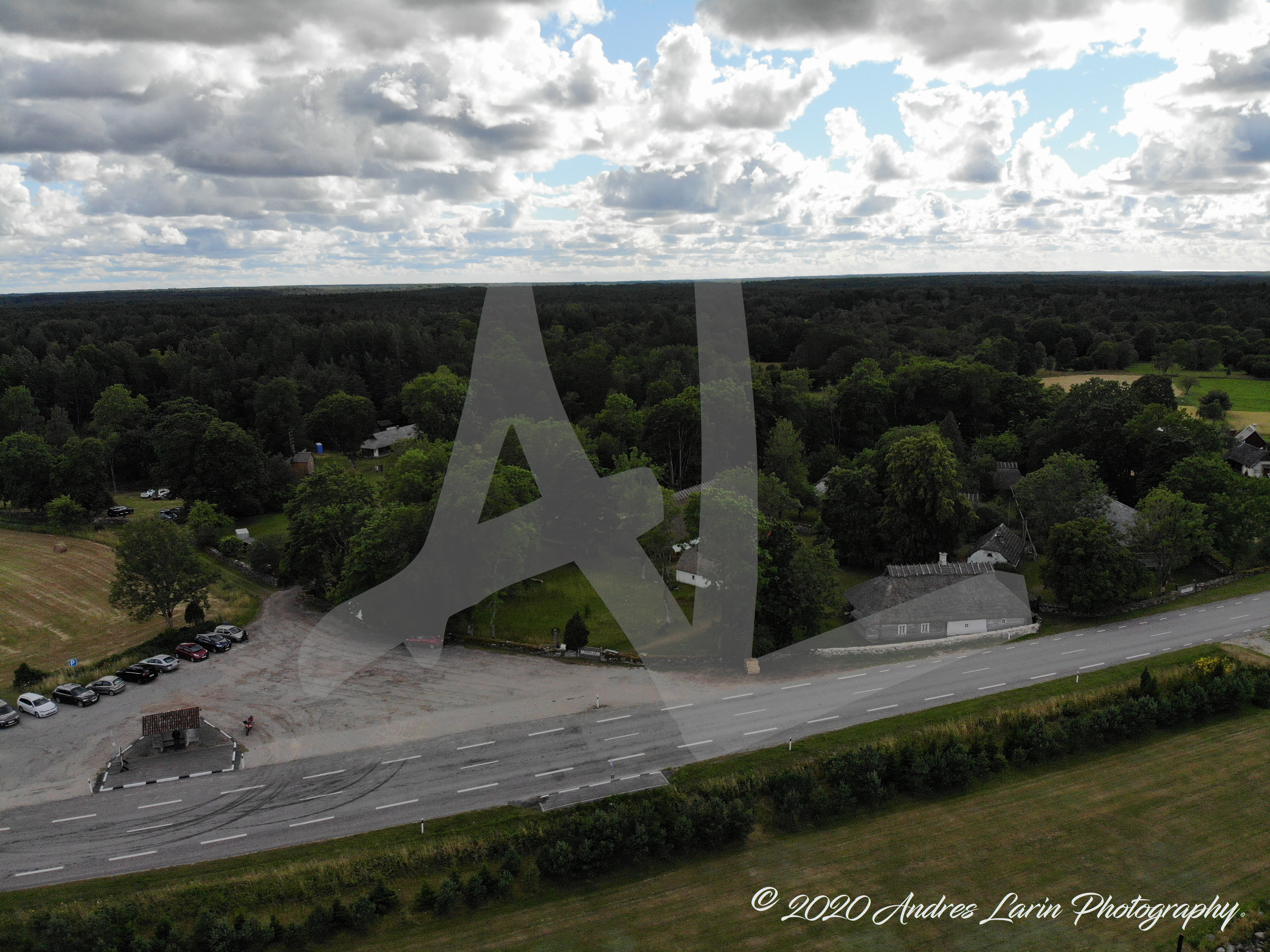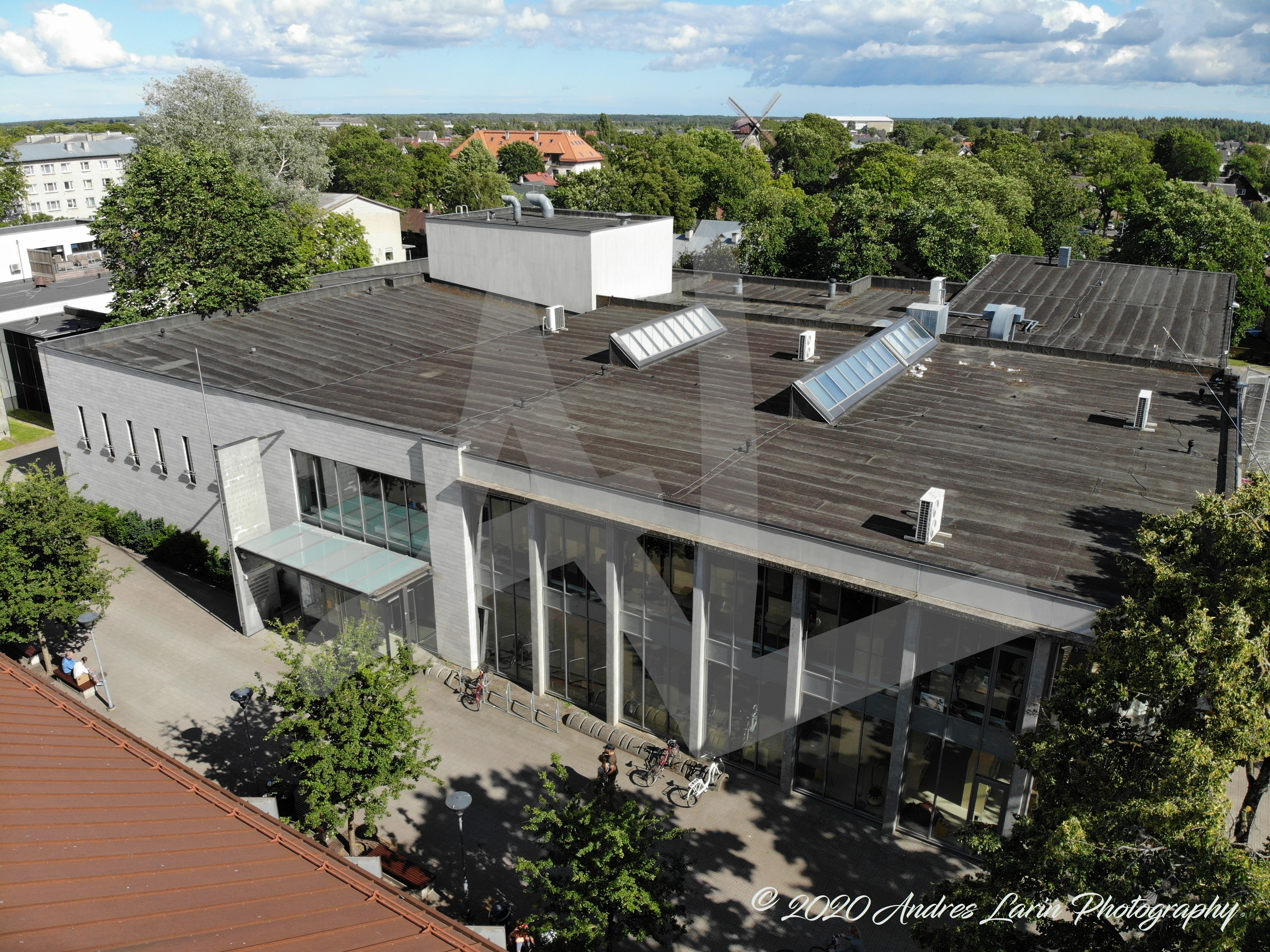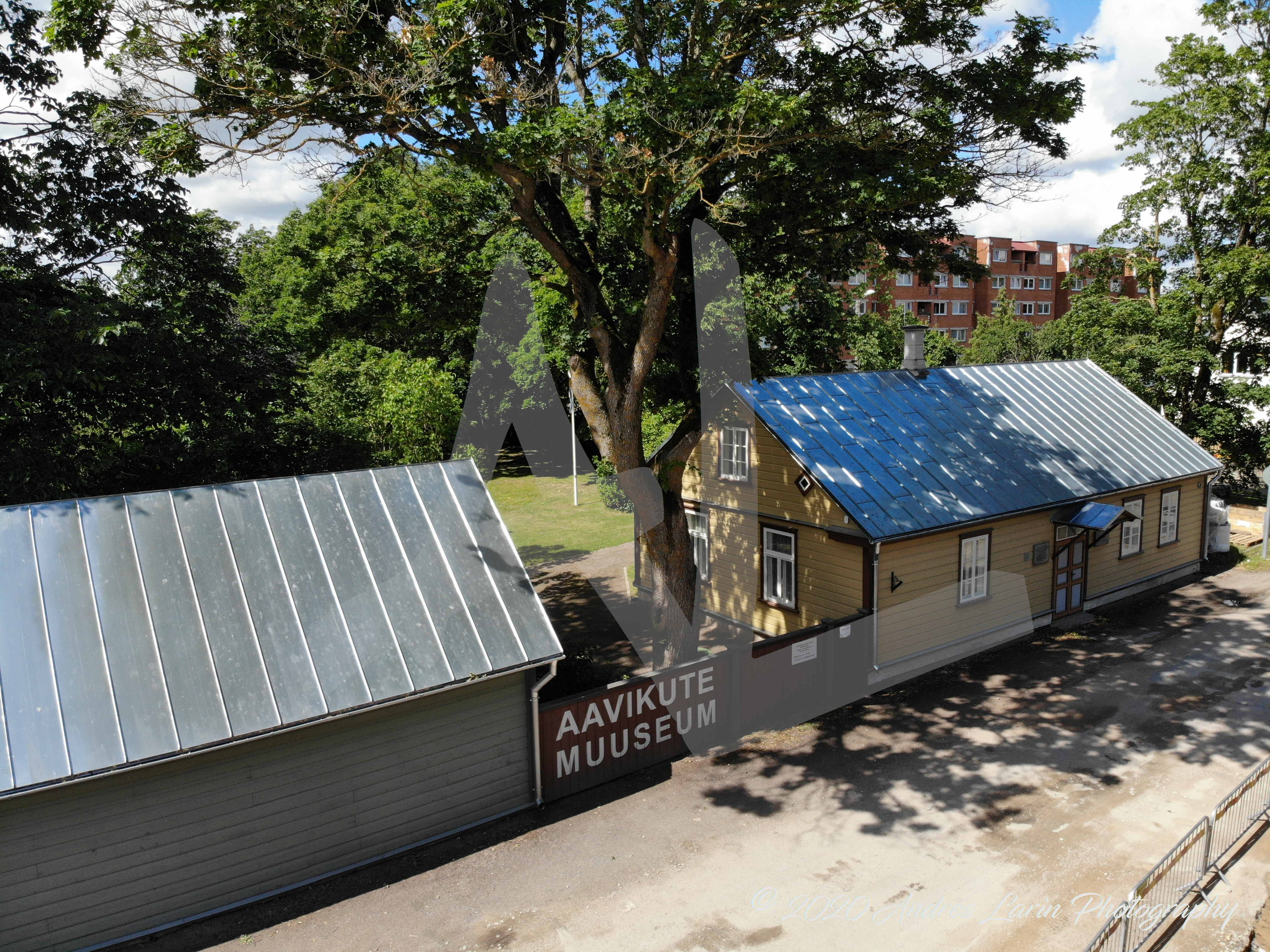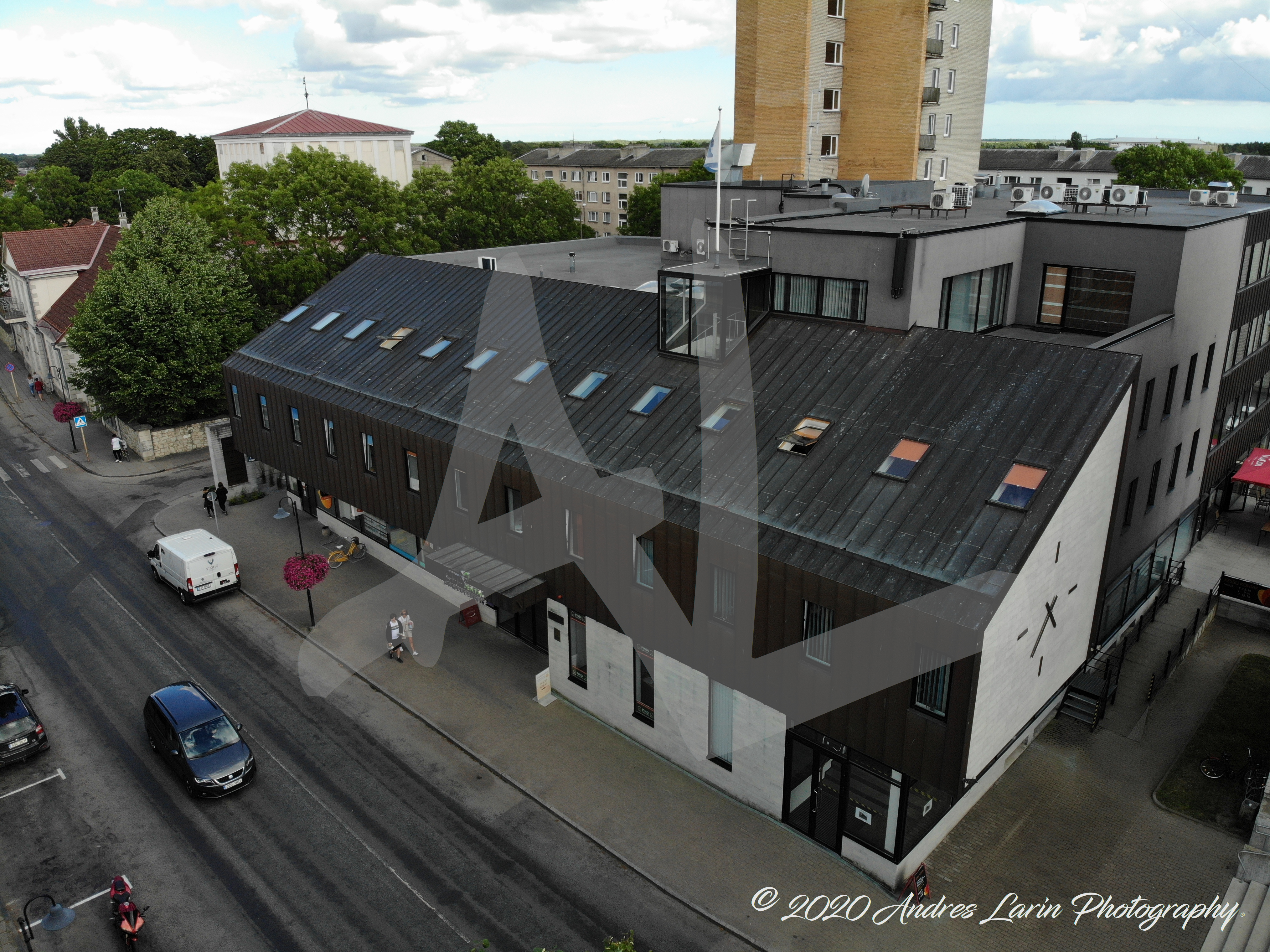1. Kuressaare Castle
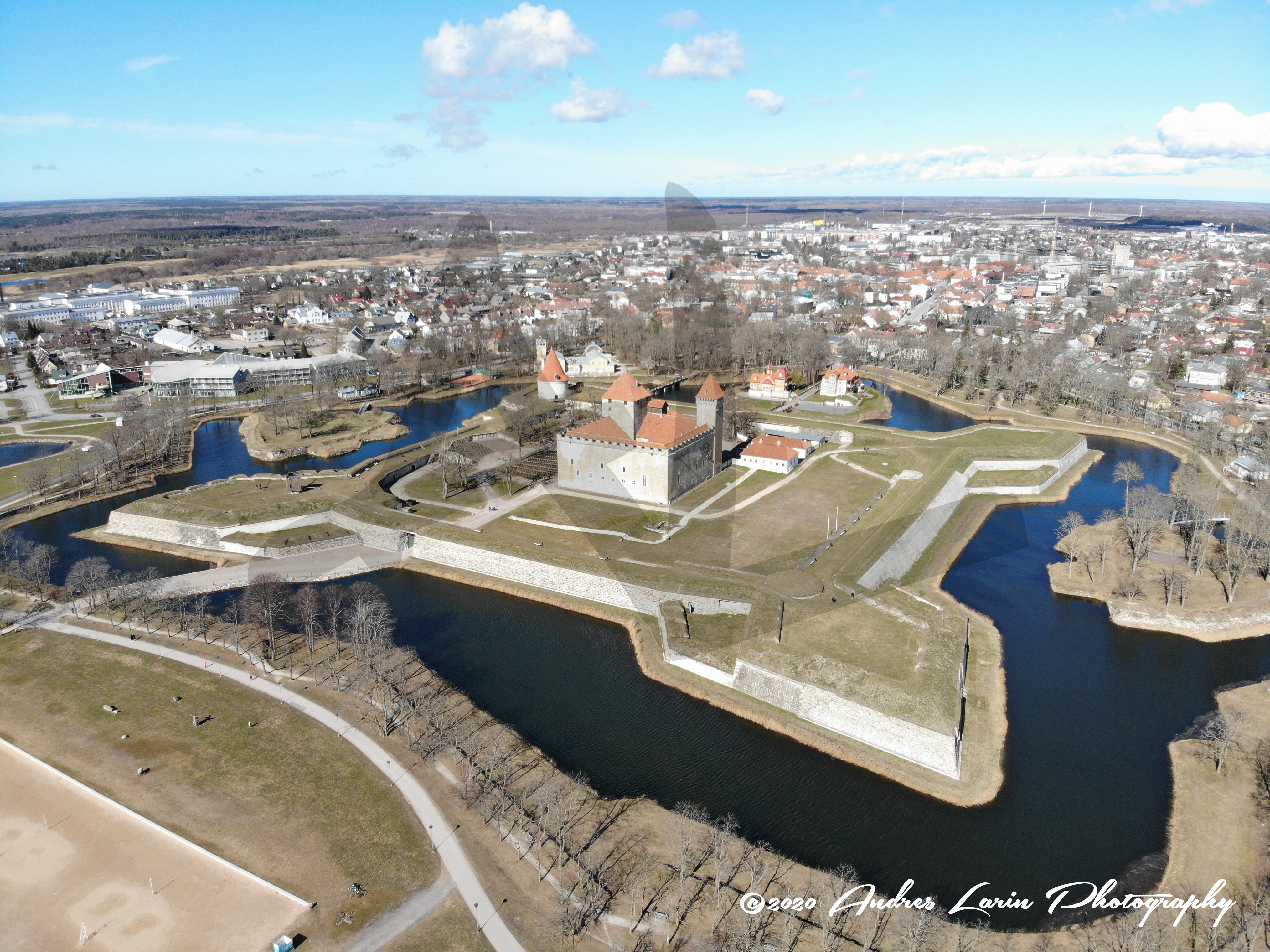
Kuressaare Castle was built in the 14th century. Today, the castle houses the Saaremaa Museum. The permanent exhibition about the history of Saaremaa is in the cloister of the upper floor and in two big halls. The permanent exhibition of contemporary history is made up of two parts. The exhibition "Saaremaa 1939–49", which was completed in 2005, is in the three halls of the northeastern wing of the castle. The 2011 exhibition "Saaremaa 1950–94" is on the four floors of the Defence Tower. The department of nature of the Saaremaa Museum shows the bedrock, climate, and coast of Saaremaa. Children will find the department of nature especially exciting thanks to its different animals and birds.
2. Kaali Meteoritics and Limestone Museum
The unique Kaali Meteoritics and Limestone Museum provides an overview of the study of meteorites in Estonia and around the world, and displays fossils and other discoveries found on the island of Saaremaa. Visit and soak up the powerful energy of the Sihhote-Alini meteorite, or take an opportunity to marvel at the museum's Kaali meteorite films.
3. Kuressaare Raegalerii
Kuressaare Raegalerii is an art gallery whose exhibitions are aimed at introducing the art heritage of Estonia as well as professional and amateur art created in Saaremaa. You can learn about the building of the Town Hall and its history if you are interested. The halls can be booked for festive occasions.
4. Sõrve Military Museum
Sõrve Military Museum is at the very end of Sõrve peninsula, in former Border Guard barracks. Founded in order to preserve and promote local history, this modest museum showcases local life and has displays of the military presence and activities here. Among its exhibits there is a very old stone blackboard, parts of an old Swedish military vessel and rifles that have seen better days! There is also a marked track starting from the museum which highlights the military history of the area.
5. Saaremaa Art Studio
Saaremaa Art Studio is an art centre that combines a gallery, an art school, and a creative space. At the gallery that is located in the centre of Kuressaare, you can visit exhibitions of artists, buy the art of the best artists in Estonia in a pop-up shop, and take a look at the ceramics made on site. There are studios that can be rented for creative work and product presentations. The art school regularly organises art courses and events. The professional art teachers of the studio help you in organising an exciting and creative holiday.
6. Mihkli Farm Museum
On the west coast of Saaremaa, you will find one of the most unique farm museums in Estonia – the Mihkli Farm Museum. Mihkli is a farm typical of western Saaremaa, with many architectural sights and interesting items. There was [[0]] need to search for items for this farm museum – in addition to a complete set of buildings, it had a rich collection of everyday items. Almost all of the items were made by the inhabitants of this farm. Eight generations of a single family have lived in the farm.
7. Kuressaare Cultural Centre
The main hall and spacious foyers of the Cultural Centre are used for exhibitions of art, handicrafts and cultural history.
8. Thule Koda
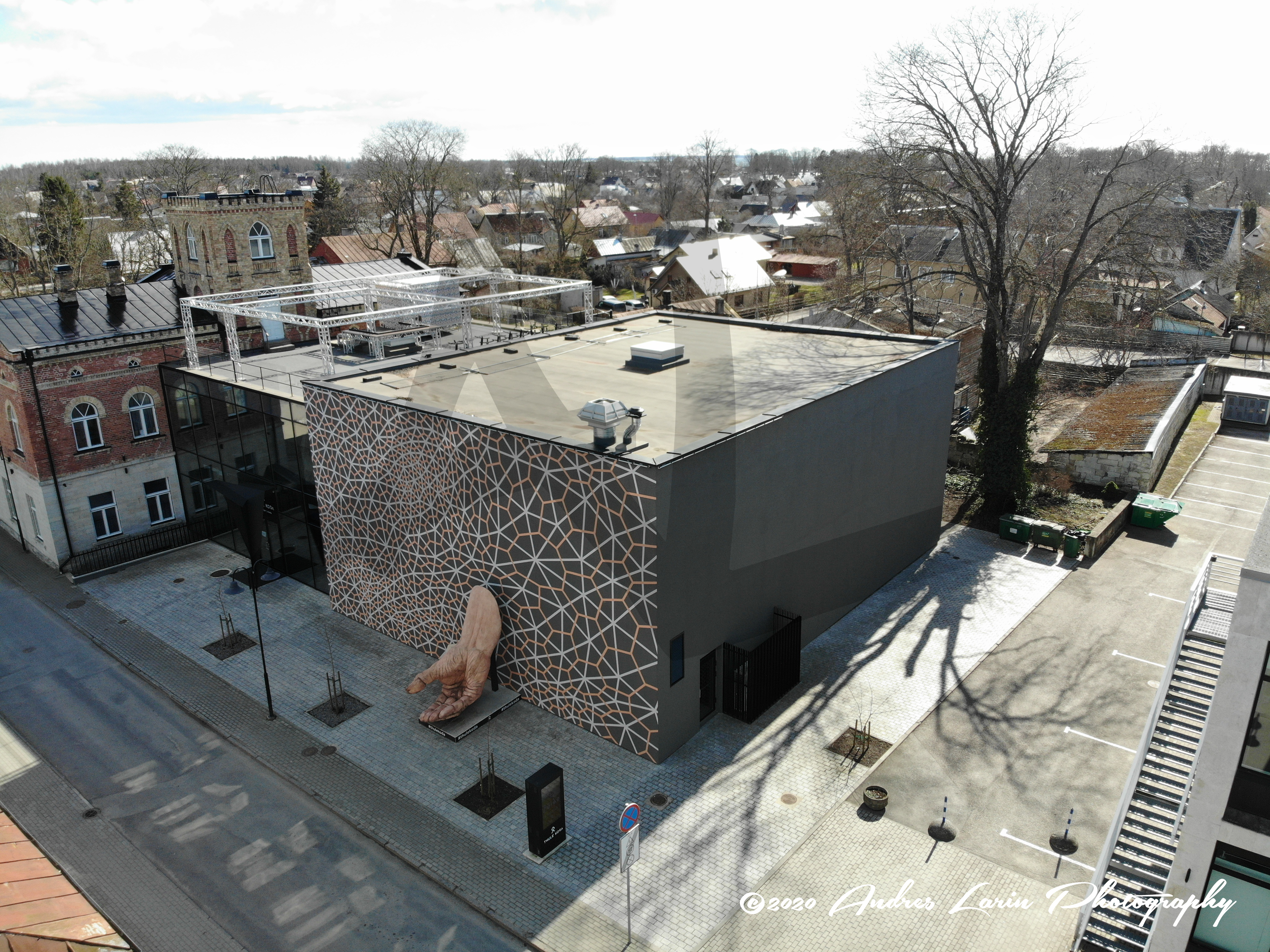
Thule offers protection from the winds! The expositions of the Alternative History Musesum of Thule Koda introduce the world-historical role of Saaremaa as the Ultima Thule. The mythical journey of the ancient Greek explorer Pytheas can be enjoyed through various expositions and games. The exhibits are humorous and somewhat self-ironic and their motto is ‘Don't believe everything that you see!’ The stylish and comfortable Thule Hall and private and cosy Kaali Hall in the THULE CINEMA offer a versatile programme for both young and old guests. The café serves light meals and drinks.
9. Aavik Family House Museum
The Aavik Family house-museum is a branch of Saaremaa Museum in Kuressaare, Jänesteküla suburb, Vallimaa Street 7. The museum exhibits an overview of the life and activities of a linguist Johannes Aavik, known for modernising Estonian language, and a local cultural figure, Joosep Aavik. The museum first opened its doors on June 19th 1992.1896-1926 a linguist Johannes Aavik resided in this house. Since 1961 until his death in 1989, Joosep Aavik, Estonian organist, choir and orchestra conductor and music critic, lived in the same house.
10. Ajamaja Gallery
Ajamaja Gallery offers you art on three different floors. The gallery has exhibitions of both art and cultural history.
Pictures © 2020 Andres Larin





